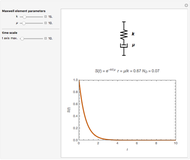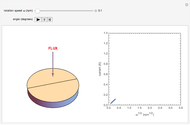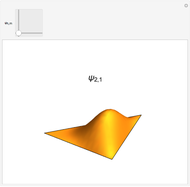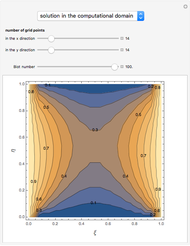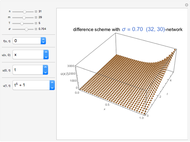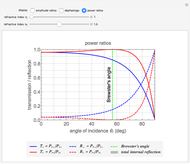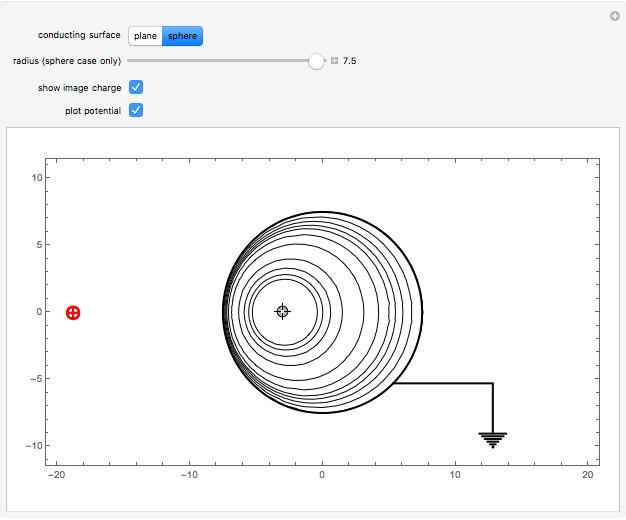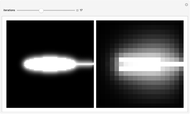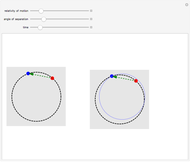Relaxation Methods for Solving the Laplace Equation

Requires a Wolfram Notebook System
Interact on desktop, mobile and cloud with the free Wolfram Player or other Wolfram Language products.
The two graphics represent the progress of two different algorithms for solving the Laplace equation. They both calculate the electric potential in 2D space around a conducting ellipse with excess charge. The potential is constant on the ellipse and falls to zero as the distance from the ellipse increases.
[more]
Contributed by: Daniel Ranard (March 2011)
Open content licensed under CC BY-NC-SA
Snapshots
Details
detailSectionParagraphPermanent Citation
"Relaxation Methods for Solving the Laplace Equation"
http://demonstrations.wolfram.com/RelaxationMethodsForSolvingTheLaplaceEquation/
Wolfram Demonstrations Project
Published: March 7 2011






